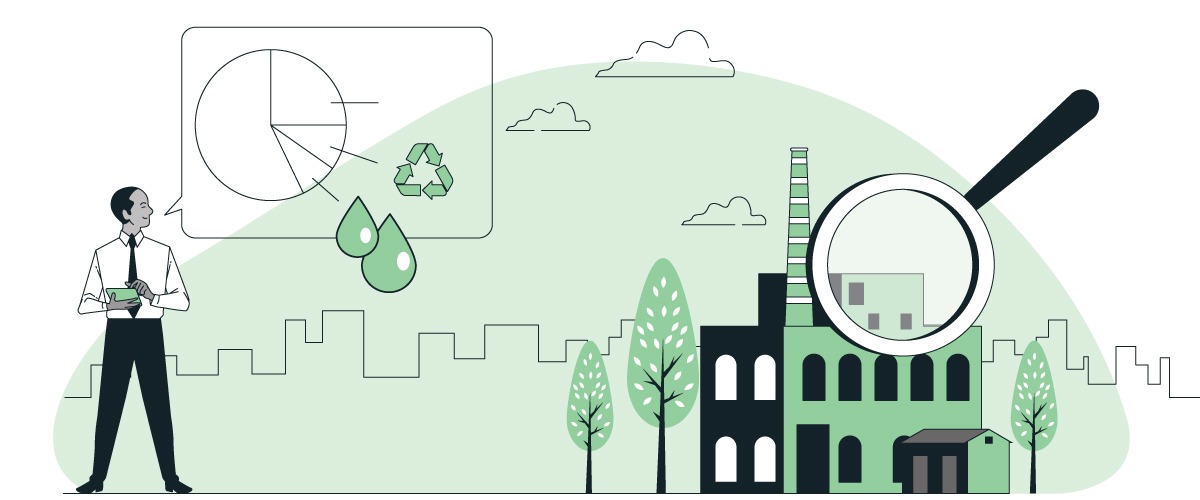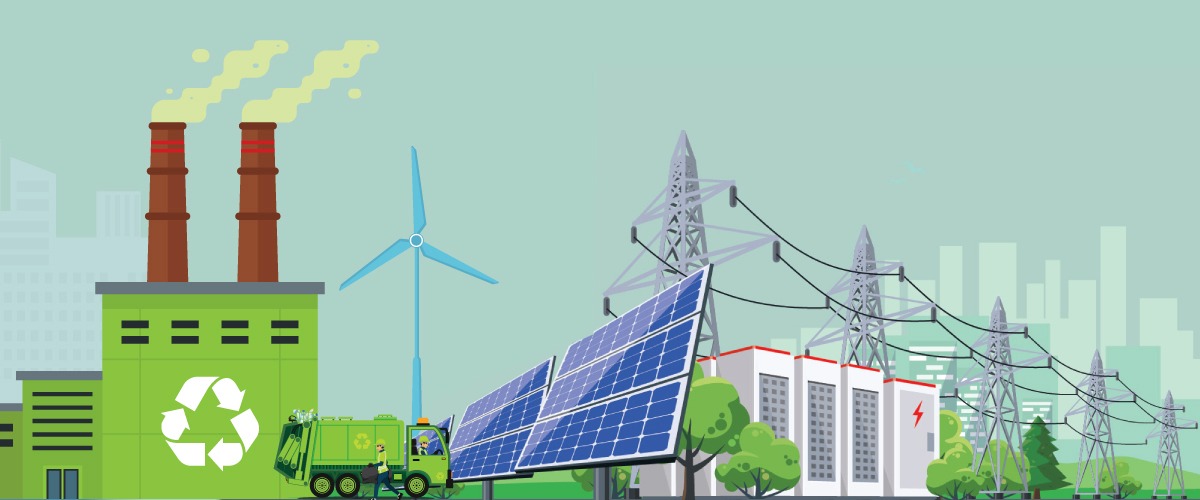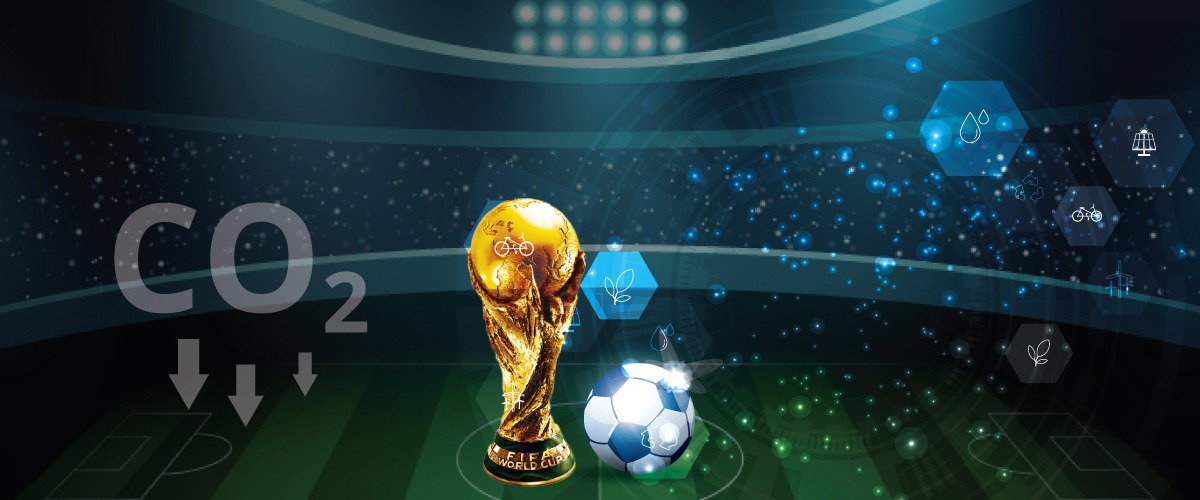Hydrogen: A powerful way to colour our future
Energy drives our lives. We are using different energy resources to make our lives easier and more comfortable. However, energy production and use are the major reasons for global warming today.
Clean energy which refers to fuels that are efficient, cost-effective, and environmentally friendly; are the solution to reducing the harmful impacts of energy production and usage on climate and environment. One such source is hydrogen, which, in recent times is a popular topic in the energy hub and has the potential to play a key role in the decarbonising journey of the global energy systems.
Hydrogen is a very light and reactive element that usually combines with other hydrogen atoms to form a diatomic molecule. This molecule is the most common form of hydrogen found on Earth, and it can also combine with other elements to form compounds. One of the most common places we find hydrogen on earth is in water, which covers most of the planet's surface. Because of this, we can say that hydrogen is the most abundant element. Hydrogen doesn’t have any smell, and when it is released into the air it disperses quickly and become diluted. However, when hydrogen is burnt it releases a lot of energy.
Hydrogen produces only water when used in a fuel cell. It can be made from many different resources, such as natural gas, biomass, and renewable energy like solar and wind power. This makes it a great option for many applications, such as transportation and electricity generation. Hydrogen can also be used to store and move energy that was produced from other sources. There are different ways to make hydrogen, but the most common methods today are natural gas reforming and electrolysis. Other methods include solar-powered and wind powered.
Hydrogen is rarely found in its pure atomic form; it is usually combined with other atoms or elements, so we have to use energy to break it apart and get hydrogen. Although hydrogen itself is a colourless gas, based on the production technology used, and the amount of carbon dioxide emitted during the process, a spectrum of colours is used to denote different types of hydrogen.
White Hydrogen: In nature, white hydrogen is present as a free gas in the continental crust, deep within the oceanic crust, volcanic gases, geysers, and hydrothermal systems. Many rock formations and geological regions have it.
Grey Hydrogen: is hydrogen produced from natural gas by a process of steam methane reforming, where natural gas is mixed with very hot steam and a catalyst. A chemical reaction occurs creating hydrogen and carbon monoxide. Water is added to that mixture, turning carbon monoxide into carbon dioxide and more hydrogen. The process releases a lot of carbon dioxide, which contributes to climate change.
Blue Hydrogen: Blue hydrogen is made in a similar way to grey hydrogen, by reacting natural gas with steam. But in this process, the carbon dioxide is captured at the end, so it doesn't contribute to climate change.
Black (or brown) Hydrogen: Through a process called gasification, hydrogen can be made from black coal or lignite (brown coal). This process releases a lot of carbon dioxide and other pollutants into the environment.
Green hydrogen: Hydrogen made from renewable resources, like wind, solar, or hydropower, is called green hydrogen. A hydrogen electrolyser uses an electrochemical reaction to split water into hydrogen (H2) and oxygen (O2), thereby emitting no greenhouse gas (GHG). Compared to fossil fuels, green hydrogen is a clean, renewable alternative that has tremendous potential as an enabler of the global transition towards a sustainable energy system.
Yellow Hydrogen: Yellow hydrogen is a lot like green hydrogen. It's made by using electrolysis to split water into hydrogen and oxygen, but the energy used in the process comes specifically from solar energy instead of other renewable resources.
Pink Hydrogen: Pink Hydrogen is produced by the electrolysis process which is powered by Nuclear energy.
This hydrogen rainbow will certainly play a major role in achieving net-zero goals. Let us briefly share the benefits of hydrogen to know this further.
- Abundance: As hydrogen is the most abundant element, there is no scarcity of this fuel. Although hydrogen doesn’t exist in pure form and must be extracted using different methods, new technologies as briefly mentioned above are making these processes more energy efficient and eco-friendly.
- Ease of Storage: The process of integrating large amounts of renewable energy into local grids is pretty complicated.As electricity demands grow, many developing countries' local grids can't handle the peaks in demand. As a result, green hydrogen provides a good storage mechanism for excess electricity and helps reduce sudden fluctuations and variability in power, making the grid more stable.
- A Clean Fuel Source: Hydrogen as a fuel emits zero emission. Unlike petrol-powered cars which release more than 2kg of CO2 into the atmosphere for every litre of fuel burned, hydrogen-powered Fuel Cell Electric Vehicles (FCEVs) emit heat and water vapour as their only by-products. This gives hydrogen exciting potential as an eco-friendly fuel source.
However, not everything about hydrogen is rosy. The following are some of the major limitations of using Hydrogen Fuel.
- Hydrogen and Water Challenge: As per IEA, for every kilogram of green hydrogen produced, nine litres of fresh water is needed. In water scarce areas, producing green hydrogen is therefore a challenge. There could be alternatives of desalination of saline water or purification of industrial or municipal waste water, but these would mean adding up to the costs and energy required for production of green hydrogen.
- Commercially Inviable: Although renewable energy costs have continually declined, scaling green hydrogen as a fuel is not commercially viable in most countries. In India, for example, producing 1 kg of green hydrogen costs somewhere between 3-6 USD.
- Safe storage: Hydrogen has a low volumetric energy densitycompared to other gases — such as natural gas — meaning it takes up significantly more space. Moreover, the boiling point of hydrogen is close to absolute zero and needs cryogenic storage. For automobiles especially, with a lower ignition energy than petrol or natural gas, hydrogen has a wide range of flammable concentrations in the air making ventilation and leak detection crucial for hydrogen systems. Special flame detectors are also required as hydrogen burns with a near-invisible flame.
As hydrogen promises to play a vital role in the decarbonization of the global economy, policymakers and businesses are paying increasing attention to the technology. Nevertheless, the industry is still at an early stage, and the fuel is relatively expensive to produce, so governments throughout the world are seeking ways to facilitate rapid development in order to make it an economic alternative to fossil fuels. Furthermore, policymakers are striving to simplify the rules around hydrogen supply in order to attract investment and increase its competitiveness to be able to replace fossil fuels.







